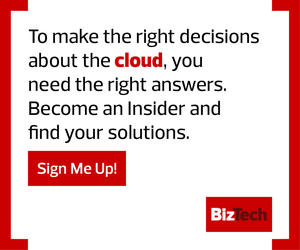2. Microsoft’s Future Is in the Cloud
Microsoft has been working aggressively to make its cloud business a market leader since Nadella became CEO seven years ago, and today its Azure platform is highly competitive with Amazon Web Services and Google Cloud Platform. Azure’s seamless integration with Microsoft’s comprehensive suite of business applications, including Microsoft Dynamics, Teams, 365 and others, is a key differentiator.
“Over a decade ago, we declared we were all-in on the cloud, because we understood its transformational promise and the opportunity would create for every organization,” Nadella said.
The pandemic has forced many businesses to move more aggressively into the cloud to support remote work environments. Nadella said he’s confident the trend will continue into the decade to come. Businesses “will require much more from technology, and the cloud in particular,” in coming years, especially as businesses seek to decentralize their computing resources in order to handle ever-greater workloads. “Cloud and edge computing will evolve to meet all these real-world needs,” he said.
3. Microsoft Released Dozens of Updates and New Features
Microsoft used its showcase to announce updates to existing products, as well as brand-new ones. In addition to Microsoft Mesh, some of the more notable updates include:
- PowerPoint Live in Teams allows presenters to share their presentation decks within Teams without having to share their screens. It provides a unique presenting experience — for example, allowing presenters to see their notes without those notes being shared. Audiences will also have a unique experience. For example, they can move through the slides at their own pace, independent of the speaker.
- Dynamic View allows users to control how meeting elements are arranged. Want the participant gallery at the top of the meetings window so it’s closer to the computer camera, allowing for an approximation of eye contact with attendees? No problem.
- Large Gallery view and Together mode allow even more customization of how people experience meetings by allowing users to include as many as 49 video feeds on a screen for big meetings and by placing participants’ faces in a virtual shared space, such as an auditorium.
- Azure Sentinel, Microsoft’s security information and event management (SIEM) service, is newly updated with security orchestration, automation and response (SOAR) playbooks, improved analytics and more.
- Passwordless authentication is now supported in Azure Active Directory. Users can sign in with the biometrics-powered Windows Hello, the Microsoft Authenticator app or compatible FIDO2 security keys.
Follow BizTech’s full coverage of Microsoft Ignite here.










